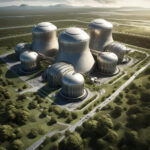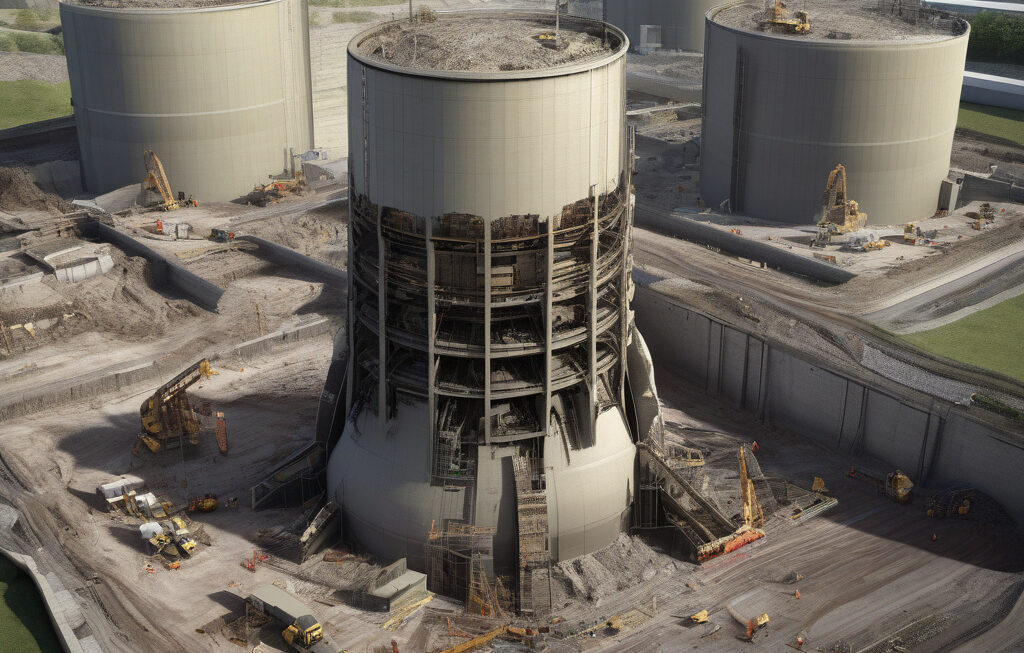Reviving Closed Nuclear Plants: The Key to Unlocking AI Growth Potential
As the realm of artificial intelligence continues to expand at a rapid pace, one prominent figure in the tech industry is sounding the alarm on a potential roadblock to further advancement. Eric Schmidt, former CEO of Google and a seasoned veteran in the world of technology, has issued a warning that the growth of AI may be limited not by the availability of semiconductor supply, as commonly believed, but by a more fundamental factor: electricity.
Schmidt’s concerns highlight a critical issue that is often overlooked in discussions surrounding AI development. While much attention is given to the need for cutting-edge algorithms, vast datasets, and powerful computing hardware, the role of electricity in powering these systems is frequently taken for granted. Without an adequate and reliable source of electricity, even the most advanced AI technologies are rendered effectively useless.
In response to this challenge, major tech firms such as Microsoft are exploring innovative solutions to ensure a steady supply of power for their AI systems. One striking approach that has emerged in recent years is the revival of closed nuclear plants. These facilities, once decommissioned for various reasons, are now being reconsidered for their potential to generate the large amounts of electricity required to fuel AI operations.
The decision to repurpose closed nuclear plants for AI power reflects a recognition of the unique demands placed on energy infrastructure by emerging technologies. Unlike traditional computing tasks, which can be easily scaled up or down based on available resources, AI operations require a constant and substantial power supply to process data, run algorithms, and support machine learning processes.
By tapping into the dormant capacity of nuclear plants, tech companies are not only addressing the immediate need for electricity to drive AI growth but also signaling a broader shift towards more sustainable and resilient energy practices. Nuclear power, despite its controversial reputation, offers a low-carbon alternative to fossil fuels that can help reduce the environmental impact of powering AI systems in the long run.
Moreover, the revival of closed nuclear plants for AI applications underscores the interconnected nature of technological innovation. In this context, advancements in AI are not isolated developments but are intricately linked to progress in areas such as energy production, infrastructure optimization, and resource management. By leveraging existing assets in new and unexpected ways, companies can overcome barriers to growth and drive meaningful change in the tech landscape.
As Eric Schmidt’s warning reverberates throughout the industry, it serves as a timely reminder of the multifaceted challenges that must be addressed to fully unleash the potential of AI. While semiconductor supply chains and algorithmic breakthroughs are crucial pieces of the puzzle, the role of electricity in powering AI systems cannot be overstated. By taking proactive steps to ensure a reliable and sustainable source of power, tech firms can pave the way for a new era of innovation and discovery in artificial intelligence.
In conclusion, the revival of closed nuclear plants to power AI represents a bold and forward-thinking approach to addressing the fundamental constraints on technological growth. By recognizing the importance of electricity in enabling AI development and taking concrete steps to secure adequate power sources, companies can position themselves at the forefront of the AI revolution and drive progress towards a more efficient and sustainable future.
AI, Electricity, Nuclear Plants, Technology, Innovation












